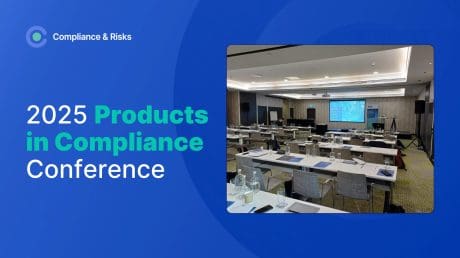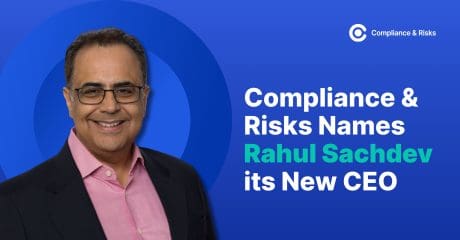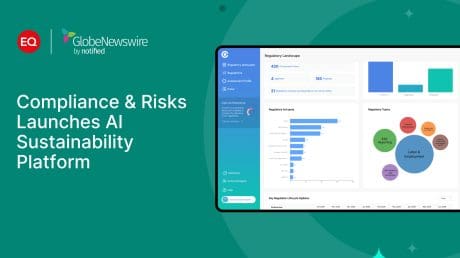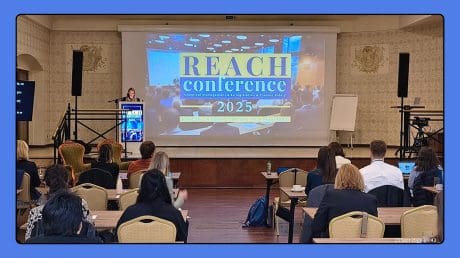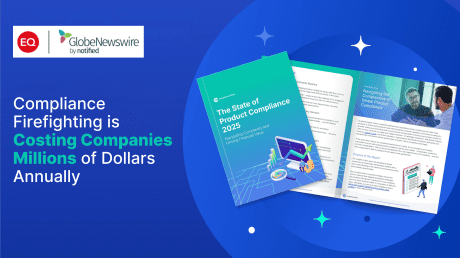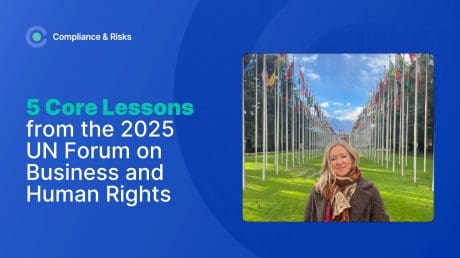
Accelerating Pace of Product Safety Change: Key Takeaways From the ICPHSO 2025 International Symposium
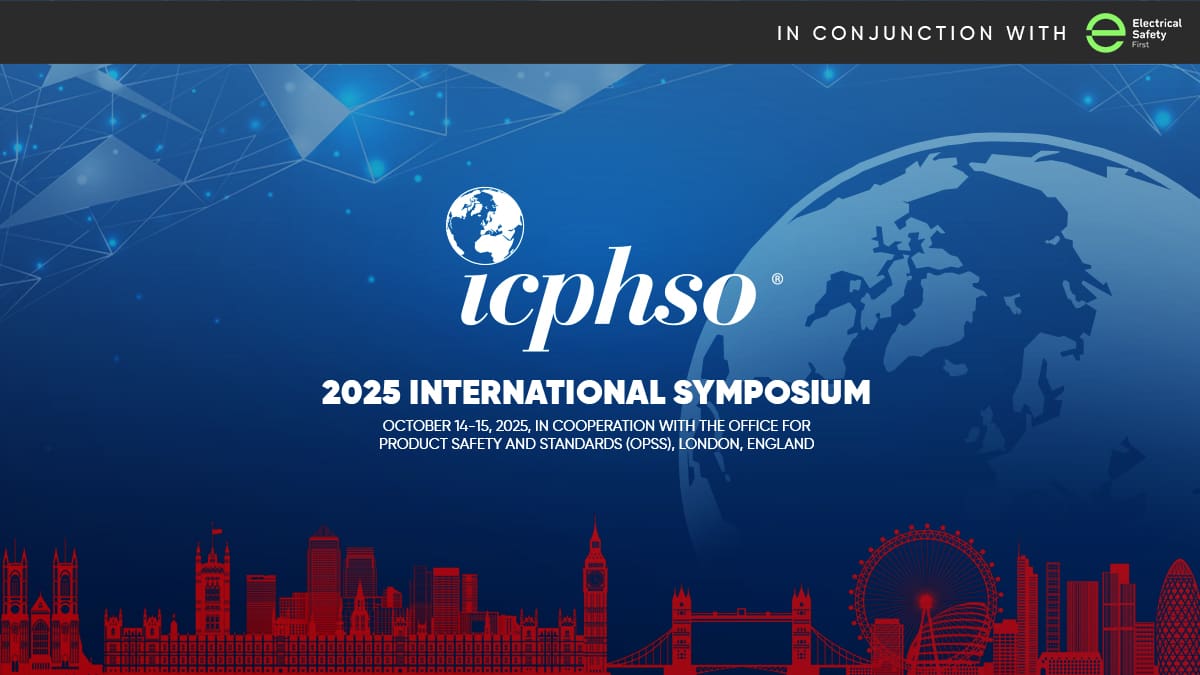
This blog was originally posted on 20th October, 2025. Further regulatory developments may have occurred after publication. To keep up-to-date with the latest compliance news, sign up to our newsletter.
AUTHORED BY JOANNE O’DONNELL, HEAD OF GLOBAL REGULATORY COMPLIANCE TEAM, COMPLIANCE & RISKS
After an inspiring ICPHSO conference in London on 14 and 15 October 2025 on the theme of “Adapting to Change: Exploring the Future of Product Safety”, I have been reflecting on how regulatory compliance and product safety professionals can lead the way in shaping the future of product safety.
From GPSR to AI-driven risk assessment, the industry is evolving faster than ever with both challenges and opportunities arising as a result of the rapidly evolving regulatory landscape.
In this blog, I discuss some of the key takeaways below.
1. Impact of AI on Product Safety
Artificial intelligence is rapidly changing how product safety risks are identified and how regulatory compliance is monitored across the globe and was highlighted as transformative in many sessions. From image recognition for product identification to verifying compliance requirements and detecting fraudulent test reports, the use cases are endless. This transformation is leading to more efficient and proactive approaches to maintaining regulatory standards.
However, as discussed in the panel on ‘AI – Improving Compliance from Differing Lenses’, solely relying on AI output without human oversight, expertise and judgement is dangerous. The use of AI in products was also discussed as the rule of law struggles to keep pace with rapid technological developments.
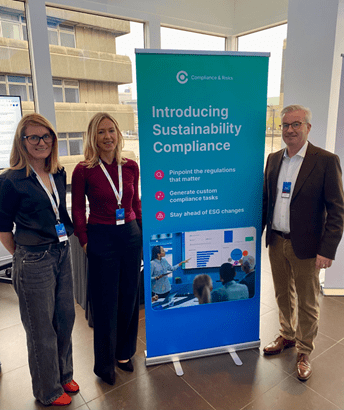
2. Harmonization
The need for regulatory alignment in product safety standards worldwide was discussed in several sessions. Diverse regulatory landscapes, such as the fragmented standards in Latin America, ongoing reform in the European Union, and the complex ‘patchwork quilt’ of state laws in the US, have given rise to what was aptly described in one session as the ‘regulation hokey cokey’.
In a keynote presentation on global product safety compliance, former US Attorney General Eric Holder suggested that lack of harmony can sometimes result in progress, innovation and positive change so a middle ground may be preferable. A move away from ‘directives’ (which must be transposed by member states) in favor of more ‘regulations’ (which are directly applicable) in the EU was also discussed as one way to minimize divergences between EU member states.
3. Third-Party Online Marketplaces
The rise of e-commerce has further complicated product safety, with online marketplaces facing increased scrutiny. In 2023 alone, the CPSC mandated the removal of over 50,000 dangerous products discovered online in the US. The session entitled ‘Collaborative Solutions for Ensuring Product Safety in Third Party Online Marketplaces’ highlighted the need to ensure that online marketplaces are accountable for the sale of unsafe products on their platforms and for ensuring continuing product safety online. At the always popular Global Regulator session, regulators from the EU, Canada, UK and Australia were all united in their continued focus on this area and discussed some of the tools used to detect unsafe products online including e-surveillance webcrawlers that can detect online offers of reported dangerous goods and scrape through consumer reviews to detect unsafe and non-compliant products. Increased sharing of data and collaboration across regions were also discussed.
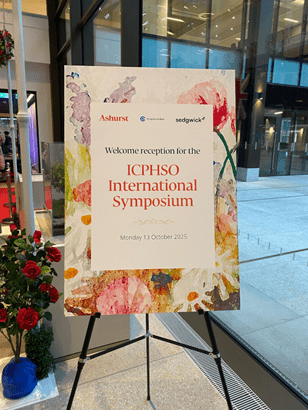
4. Button Battery Safety
Button battery safety was a recurring topic with various discussions on standards such as PAS 7055:2025 as well as preventative measures. Discussions highlighted the critical role of thoughtful product design, clear labeling and continued consumer education in preventing tragic incidents related to button battery ingestion.
5. Circular Economy vs Product Safety
Several sessions addressed the intersection of sustainability goals, circular economy principles, and maintaining product safety. In the session on ‘Market-driven Sustainability: Ensuring Product Safety in a Circular Economy”, panelists discussed that sustainable goods and services are increasingly being driven by market forces in the face of simplification and de-regulatory initiatives in some regions.
A significant challenge however lies in finding the right balance between ambitious circular-economy goals and the imperative of maintaining stringent chemical and product-safety compliance, for example, in the area of plastics and PFAS where older non-compliant materials and substances found in recycled products are often recycled in the same melting pot as newer, regulatory compliant chemicals and materials. Knowing your product, what’s in it and where it came from so initiatives such as the Digital Product Passport may go some way towards addressing these issues whilst increased testing, detailed data and documents that go down to the chemical level, in addition to increased enforcement were also discussed.
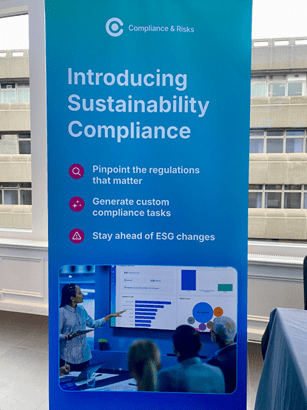
6. Horizon Scanning
In a poll of the audience during the ‘Regulation Hokey Cokey’ session, ‘complexity’ and ‘confusion’ were ranked as the top two terms used by attendees to describe the current regulatory landscape. Former US Attorney General Eric Holder concluded his keynote by advocating that one of the most effective approaches for a company in dealing with competing and conflicting regulatory requirements across multiple jurisdictions is to have a dedicated team who is aware of and is equipped with the right tools to stay on top of existing and emerging regulatory trends. Horizon scanning coupled with an awareness of both existing and upcoming compliance deadlines (not just specific dates but in terms of how many product lifecycles are impacted) were flagged as key.
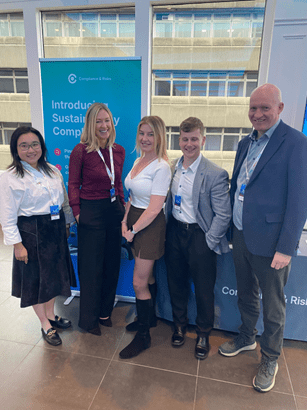
7. Looking Ahead
ICPHSO 2025 offered crucial insights into the dynamic and rapidly changing realm of product safety. In adapting to change and exploring the future of product safety, several key factors are driving this evolution:
AI Driven-Transformation
The increasing integration of AI is revolutionizing how product safety is managed.
Key takeaway: Companies should ensure that they use AI-powered tools which have robust in-built frameworks for human oversight and validation to effectively leverage these advancements while ensuring accuracy.
Evolving Regulatory Landscape
The shifting regulatory landscape, marked by new legislation and updates in major markets like the EU, UK, and US, demands constant vigilance and a proactive approach to compliance.
Key takeaway: Companies must ensure that they have the requisite horizon scanning and regulatory tracking processes and tools in place to monitor both existing and emerging regulatory obligations and compliance deadlines.
Geopolitical Complexities
Volatile political and geopolitical tensions are adding another layer of complexity, potentially leading to trade disruptions and fluctuating regulatory priorities.
Key takeaway: Companies must therefore be agile and adaptable in their strategies.
Supply Chain Traceability
Heightened consumer awareness and expectations as well as increased regulation regarding product safety and sustainability are pushing companies to adopt more transparent and responsible practices.
Key takeaway: Companies build consumer trust through transparency by openly communicating information about their supply chains, product materials, and safety testing. Data, documentation and supply chain due diligence are key in this regard.
If you attended ICPHSO London, what was your key takeaway?
Stay Ahead Of Regulatory Changes in Product Safety
Want to stay ahead of regulatory developments in Product Safety Regulations?
Accelerate your ability to achieve, maintain & expand market access for all products in global markets with C2P – your key to unlocking market access, trusted by more than 300 of the world’s leading brands.
C2P is an enterprise SaaS platform providing everything you need in one place to achieve your business objectives by proving compliance in over 195 countries.
C2P is purpose-built to be tailored to your specific needs with comprehensive capabilities that enable enterprise-wide management of regulations, standards, requirements and evidence.
Add-on packages help accelerate market access through use-case-specific solutions, global regulatory content, a global team of subject matter experts and professional services.
- Accelerate time-to-market for products
- Reduce non-compliance risks that impact your ability to meet business goals and cause reputational damage
- Enable business continuity by digitizing your compliance process and building corporate memory
- Improve efficiency and enable your team to focus on business critical initiatives rather than manual tasks
- Save time with access to Compliance & Risks’ extensive Knowledge Partner network
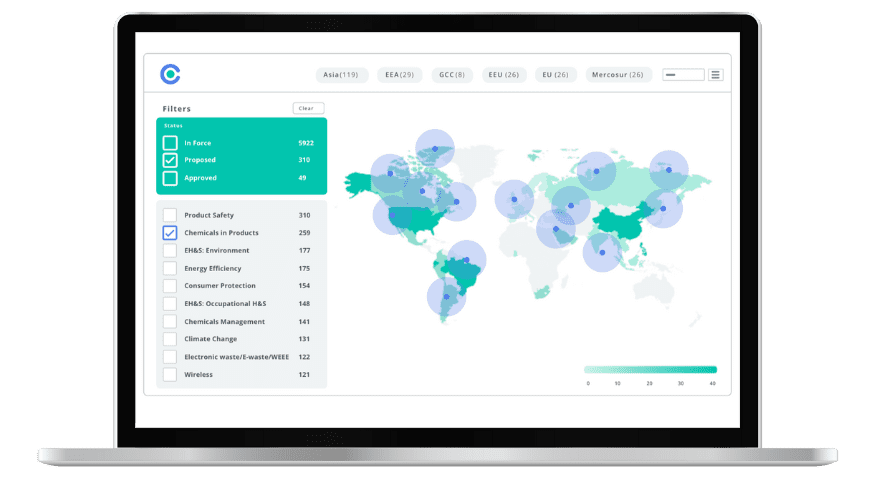
Introducing Sustainability: The Next Era of AI-Native Compliance Intelligence
Discover how Compliance & Risks is transforming corporate sustainability compliance with the first AI-native compliance intelligence platform.
